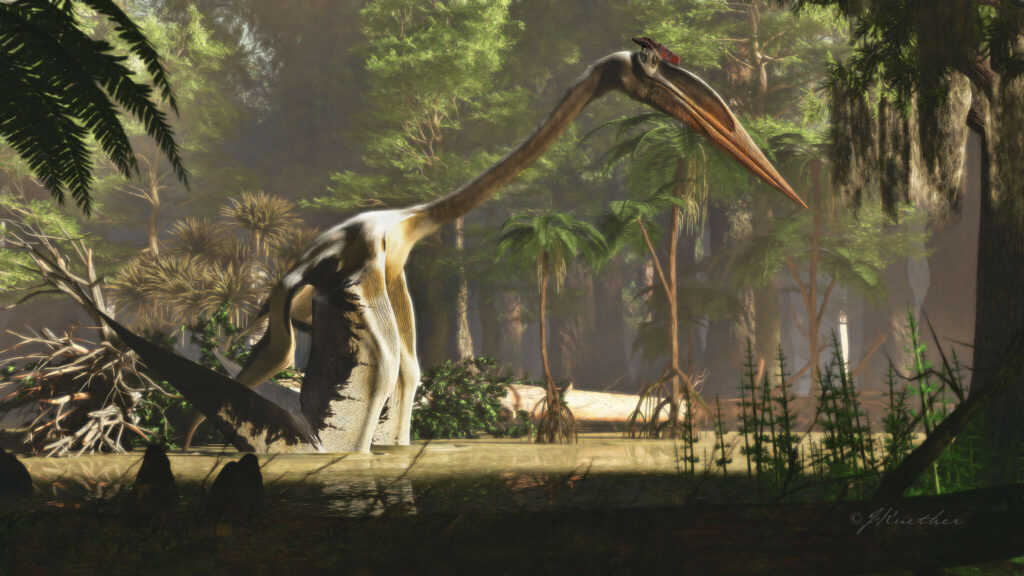Colossal winged reptile is the largest known flying animal ever to live on the planet

A version of this story appeared in CNN’s Wonder Theory newsletter. To get it in your inbox, sign up for free here. Tell us what you’d like to see more of in the newsletter at sciencenewsletter@cnn.com.
But increasingly, you don’t have to be a professional astronaut to go to space (Japanese billionaire Yusaku Maezawa soared into orbit this week) and space agencies are, in some cases, rethinking what astronaut training means. The European Space Agency is, for example, exploring whether it’s possible to train a person with physical disabilities. Here’s to a future when us ordinary mortals can experience space travel. This is Katie Hunt, filling in for Ashley Strickland, in this edition of Wonder Theory.TrailblazersWith a massive wingspan nearing 40 feet (12 meters), the pterosaur Quetzalcoatlus is the largest known airborne animal to have lived upon our planet. Once memorably described to CNN as “giant flying murder heads,” the ancient reptiles took to the sky like a fighter jet off an aircraft carrier — punching 8 feet (2.4 meters) off the ground before flapping huge wings. But figuring out exactly how these creatures flew has taken almost a half century. Their light, hollow bones — potato chip-like in texture — are very difficult to excavate without damaging them. The wonderMore stories that wowed us this week: — An exceedingly rare sea turtle ended up on a Welsh beach more than 4,700 miles (7,564 kilometers) from its home after getting caught in currents whipped up by Storm Arwen. It wasn’t the only marine creature displaced by the storm. — A sleeping bag, developed in conjunction with outdoors outfitter REI, that pulls fluids away from the brain could help with one of the perils of long-haul space travel.– A skeleton with a nail though its heel is the first example unearthed in northern Europe of the Roman practice of crucifixion, according to archaeologists.
Like what you’ve read? Oh, but there’s more. Sign up here to receive the next edition of Wonder Theory in your inbox. Say hello and tell us what you’d like to see more of in the newsletter at sciencenewsletter@cnn.com.





